At the end of Metro-North's Hudson line, you’ll find history, grand vistas, and one of the best sandwiches in the whole of the Hudson Valley. Those are the rewards awaiting you in Poughkeepsie, 80 miles north of New York City in Dutchess County and a city with plenty of sights and spots to make for a pleasant and fun-filled long weekend. But where should you go when you visit the Queen City of the Hudson? Here’s our guide to Poughkeepsie and what to see, do and eat when you’re there.
WALK THE WALKWAY OVER THE HUDSON

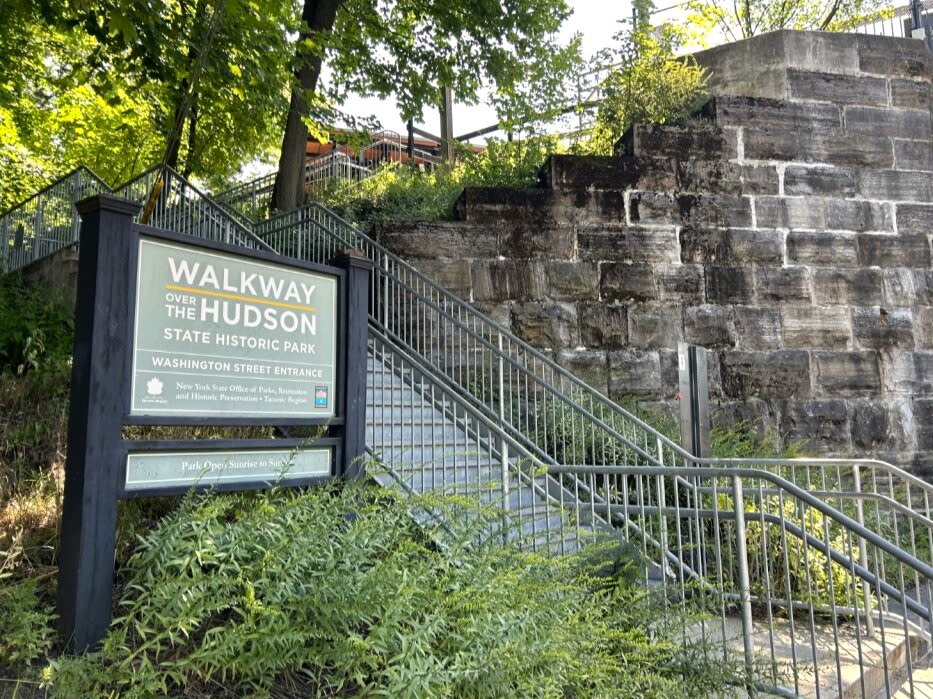

Spanning 1.28 miles across the Hudson River, the Walkway over the Hudson is the world’s longest elevated pedestrian bridge. Formerly known as the Poughkeepsie-Highland Railroad Bridge, it was built in 1889 and was originally part of the Maybrook Line of the old New York, New Haven and Hartford Railroad. For years, it was the only crossing to be found over the river between Albany and New York City. But by the 1960s, only two trains a day were making the once-bustling crossing.
Seriously damaged by a fire in 1974, the bridge was removed from service and more or less abandoned. It sat unused and decaying for the next three decades, until a non-profit volunteer organization and the New York State Bridge Authority took over the span and repurposed it for pedestrians. It was opened to the public in October 2009, with over seven million visitors crossing the bridge since.
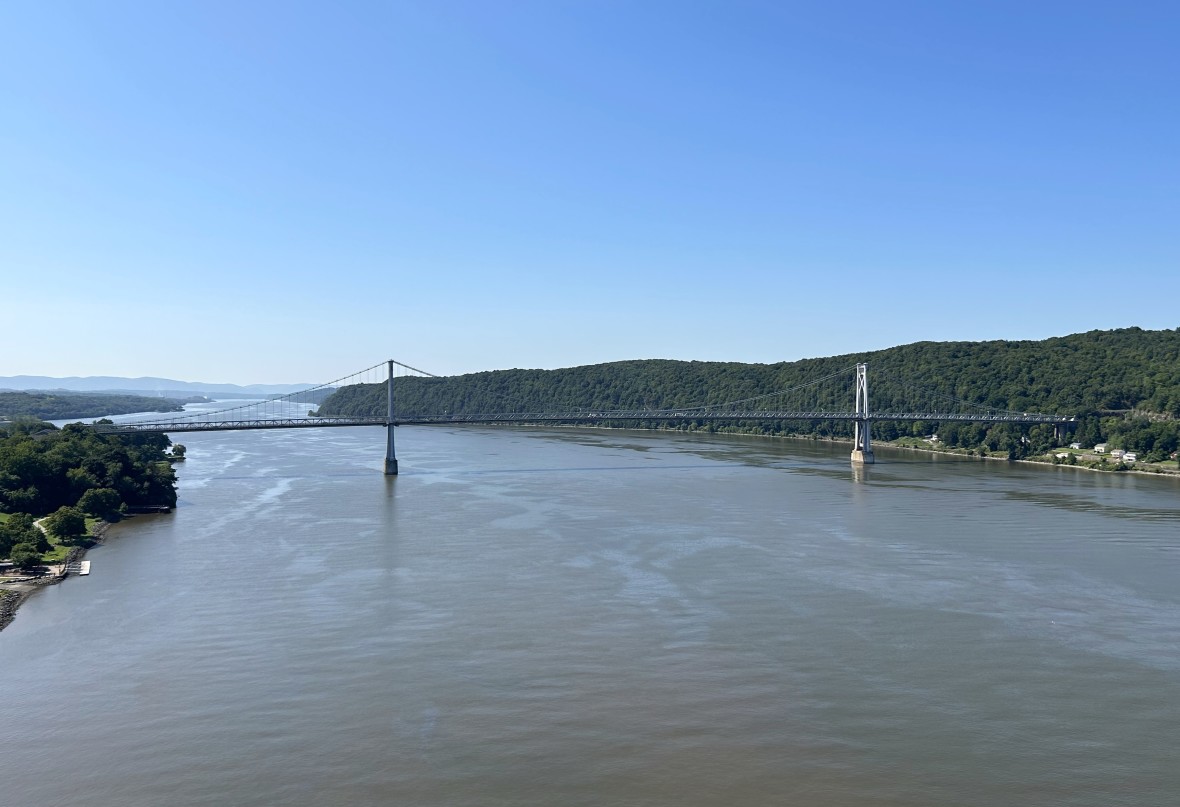
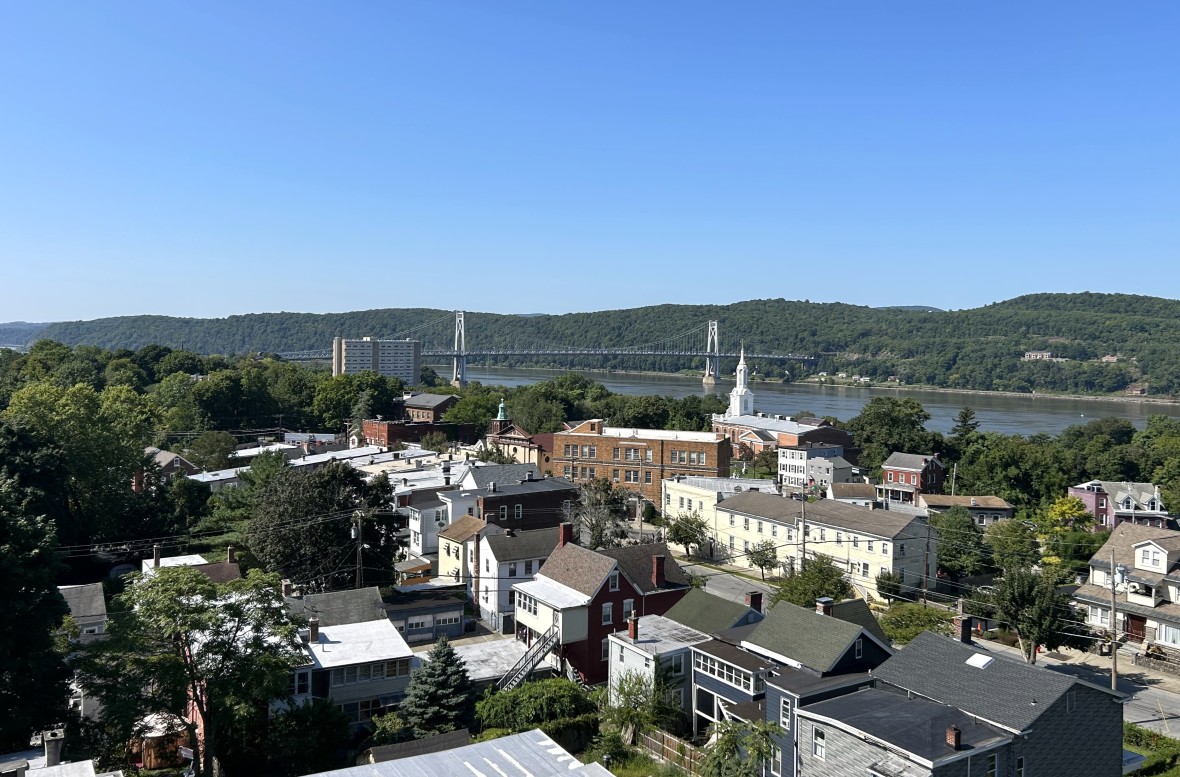
Standing 212 feet over the river, the Walkway offers expansive, unobstructed views of Poughkeepsie, the Hudson, the Catskills, the Mid-Hudson Bridge, and all points north and south. At 24 feet wide, there’s plenty of space for visitors to walk, run or bike side by side, and the Walkway’s 21-story glass elevator on the Poughkeepsie side allows easy access to the main structure.
To get to the Walkway, head for the stairway at Washington Street, a 15-minute walk from the Poughkeepsie Metro-North station; for the elevator, make the short trek to Upper Landing Park, just three minutes from the station. The Walkway is open every day from 7 a.m. until sunset, is free to visitors, and allows both bicycles and pets. On select dates, the span offers night access, with the Mid-Hudson Astronomical Association providing telescopes for stargazing (weather permitting). The Walkway also holds special events including fireworks, movie screenings, tours, and more; check their calendar for more information.
CHECK OUT THE ART AT THE LOEB
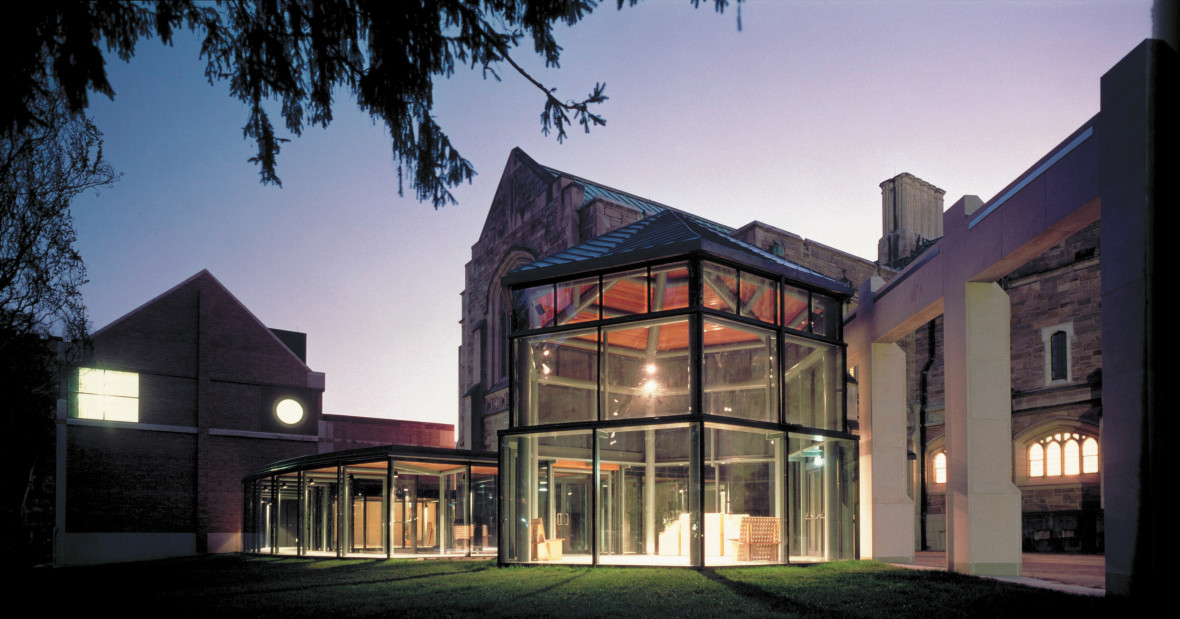

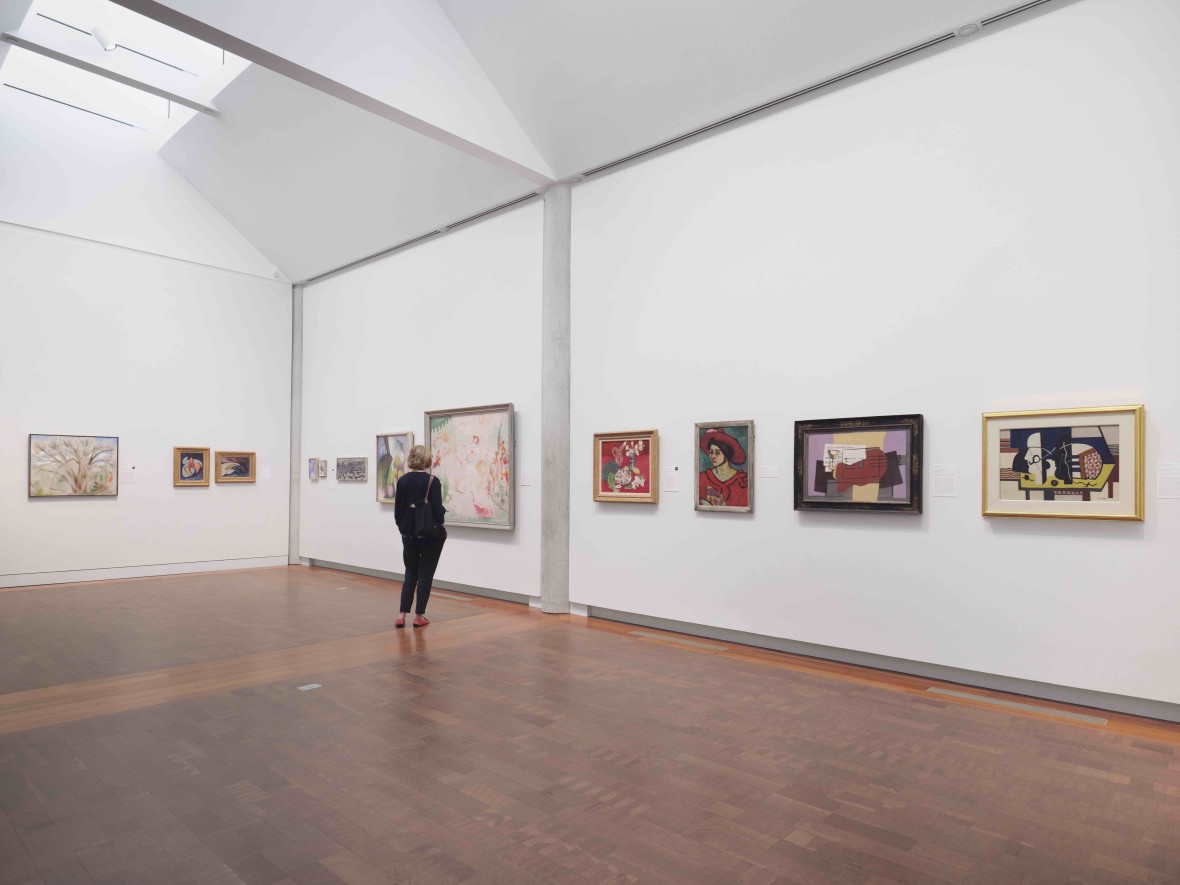
Formerly known as the Vassar College Art Gallery, the Frances Lehman Loeb Art Center (or the Loeb, if you’re in the know) was the first art museum at a college or a university to be included in the institution’s original plans. Founded in 1864, it boasts over 22,000 works in its collection, from paintings to sculptures to photographs. When the school opened in 1865, it already had in its possession a number of Hudson River School works purchased and donated by founder Matthew Vassar, and over the next 160 years, that collection was steadily expanded.
In addition to its Hudson River School collection, the Loeb also has a large number of European works from the 17th through 20th centuries, including a selection of Old Master prints by Albrecht Dürer and Rembrandt van Rijn donated to the school in 1941 and a large number of Italian and Northern Renaissance paintings. Other highlights include a number of Roman and Egyptian sculptures, Japanese woodcuts, Chinese jades, and an extensive array of 20th-century and modern art from such well-known painters as Paul Gauguin, Henri Matisse, Georgia O’Keefe, Jackson Pollock, Edward Hopper, and many more.
TAKE A WALKING TOUR OF POUGHKEEPSIE’S HISTORIC ARCHITECTURE
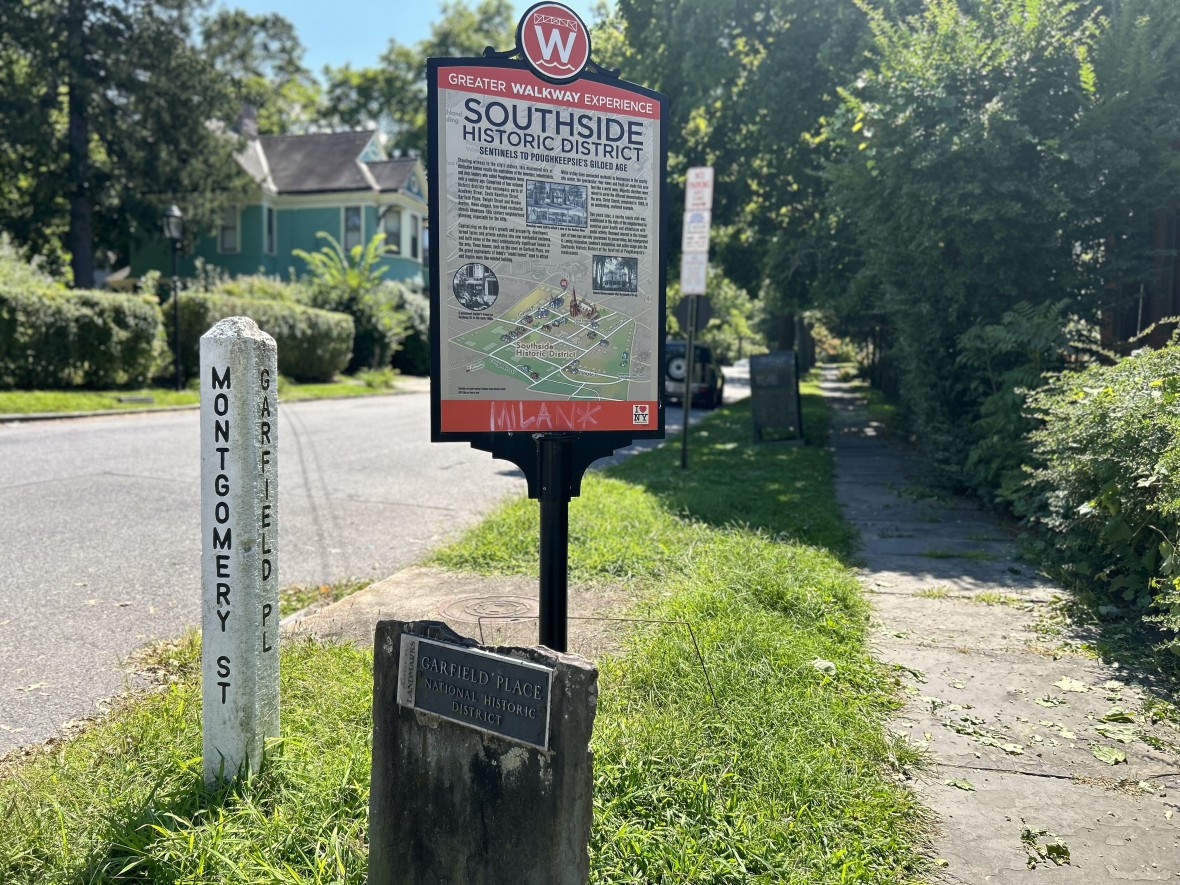
Owing to its proximity to New York and its strategically important location along the Hudson River, Poughkeepsie was a desirable place to be in the 19th century for industry and people alike. Early grain, wool and lumber mills gave way to factories and foundries, and the prosperity they brought to the city’s residents can still be seen to today in the grand houses that make up the Southside Historic District.
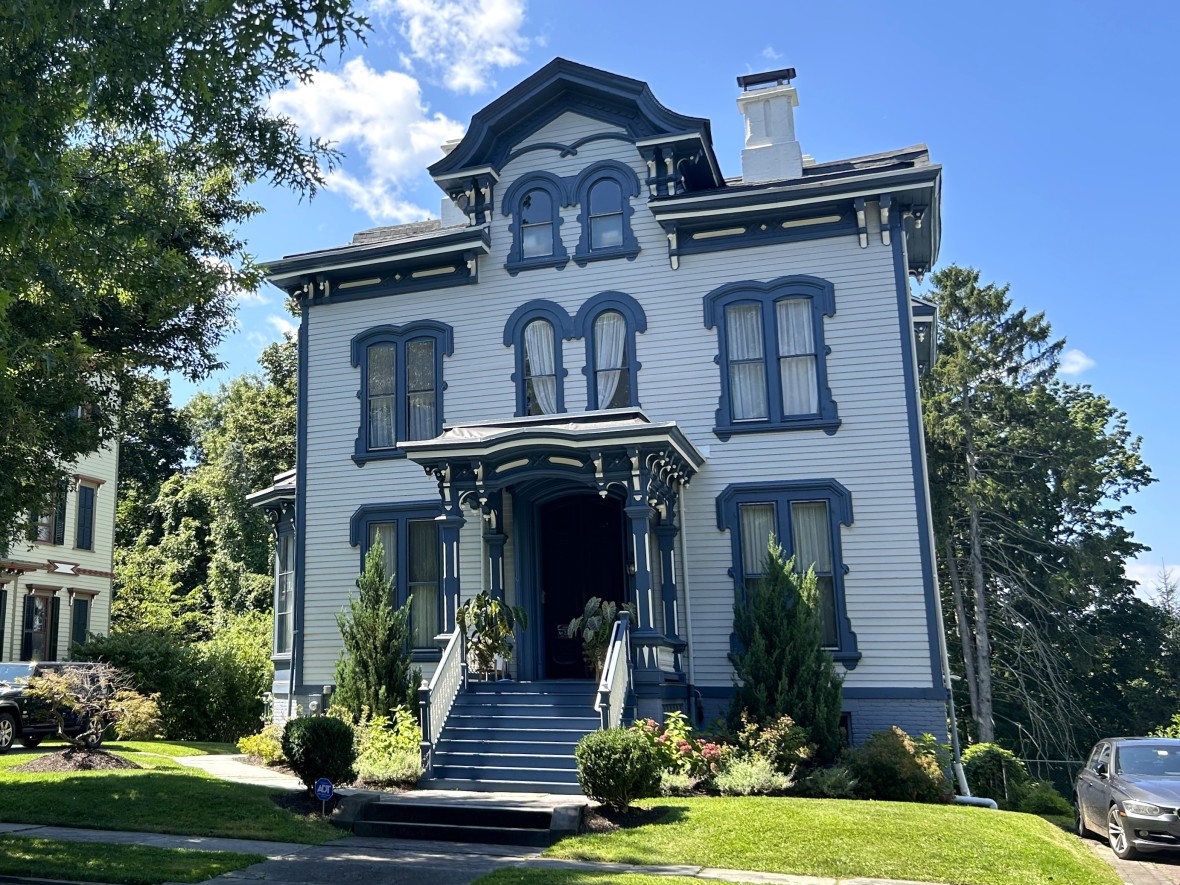

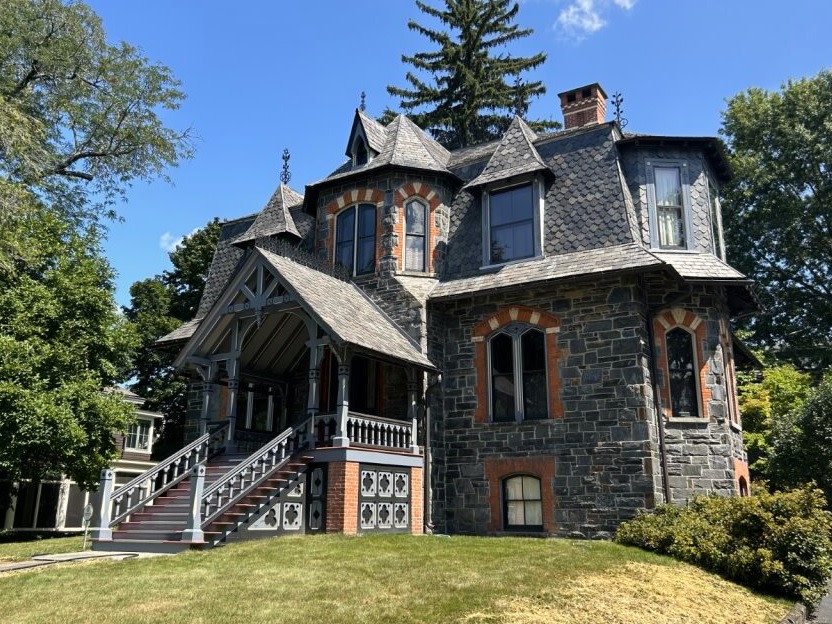
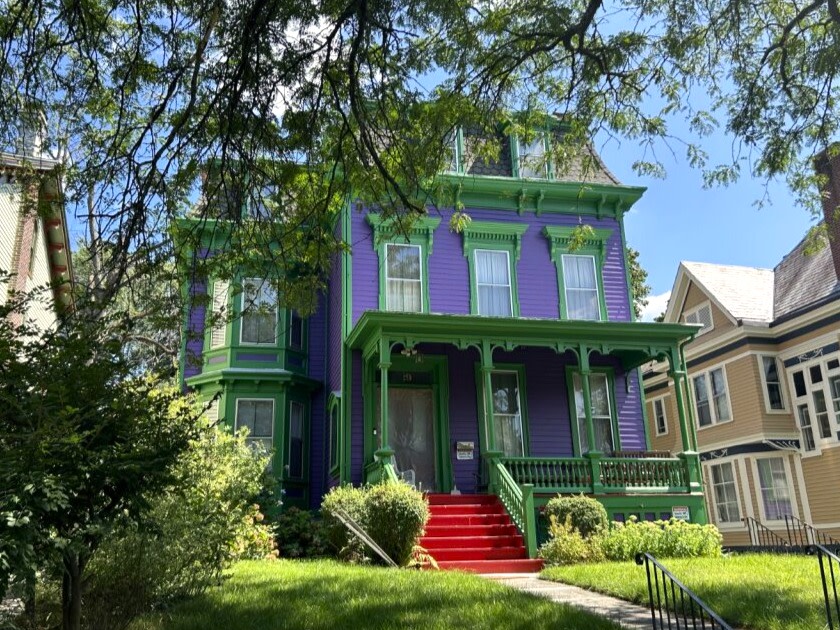
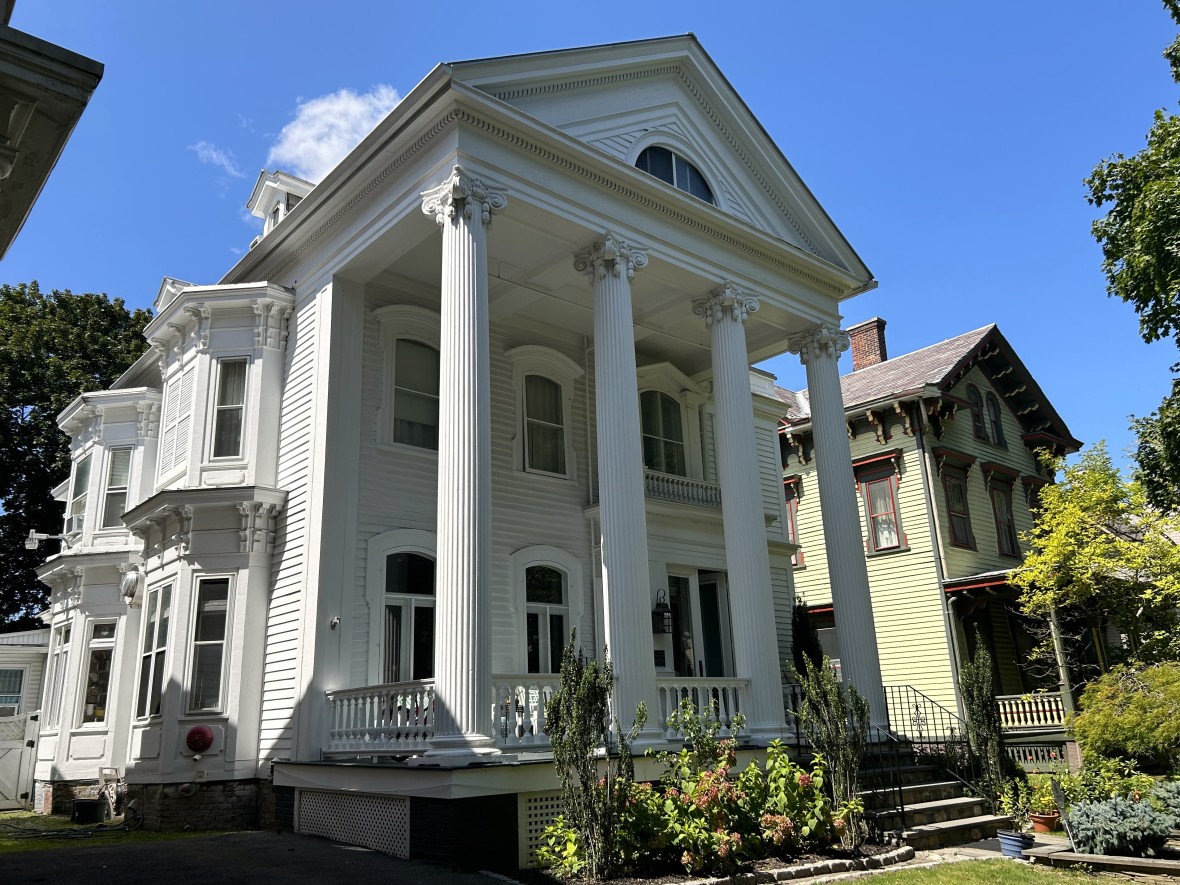
Located near Eastman Park, the Southside Historic District encompasses an area between Montgomery and Franklin Streets that boasts wonderfully preserved and maintained residential buildings in a variety of styles from the 19th and 20th centuries, predominantly Victorian, Queen Anne, and Colonial and Greek Revival. Many of the houses you’ll see date from the 1860s and were originally owned by prominent local businessmen and civic leaders, who built their homes in a removed and elevated part of town with scenic views of the Hudson. In particular, Garfield Place and Academy Street make for fantastic viewing as you walk down the quiet tree-lined streets.
Elsewhere in town, be sure to check out the Bardavon 1869 Opera House (35 Market St), the oldest continuously operating theater in New York State. First a live performance venue and then a movie theater, the Bardavon hosts concerts, plays, and dance performances, and is the home of the Hudson Valley Philharmonic. Among the many actors and musicians who have graced its stage: Al Pacino, John Barrymore, Frank Sinatra, David Byrne, Carol Channing, Yo-Yo Ma, Whoopi Goldberg, Steve Martin, Sinead O’Connor, John Philip Sousa, The Four Seasons, George Carlin, Henry Rollins, and Harry Houdini.
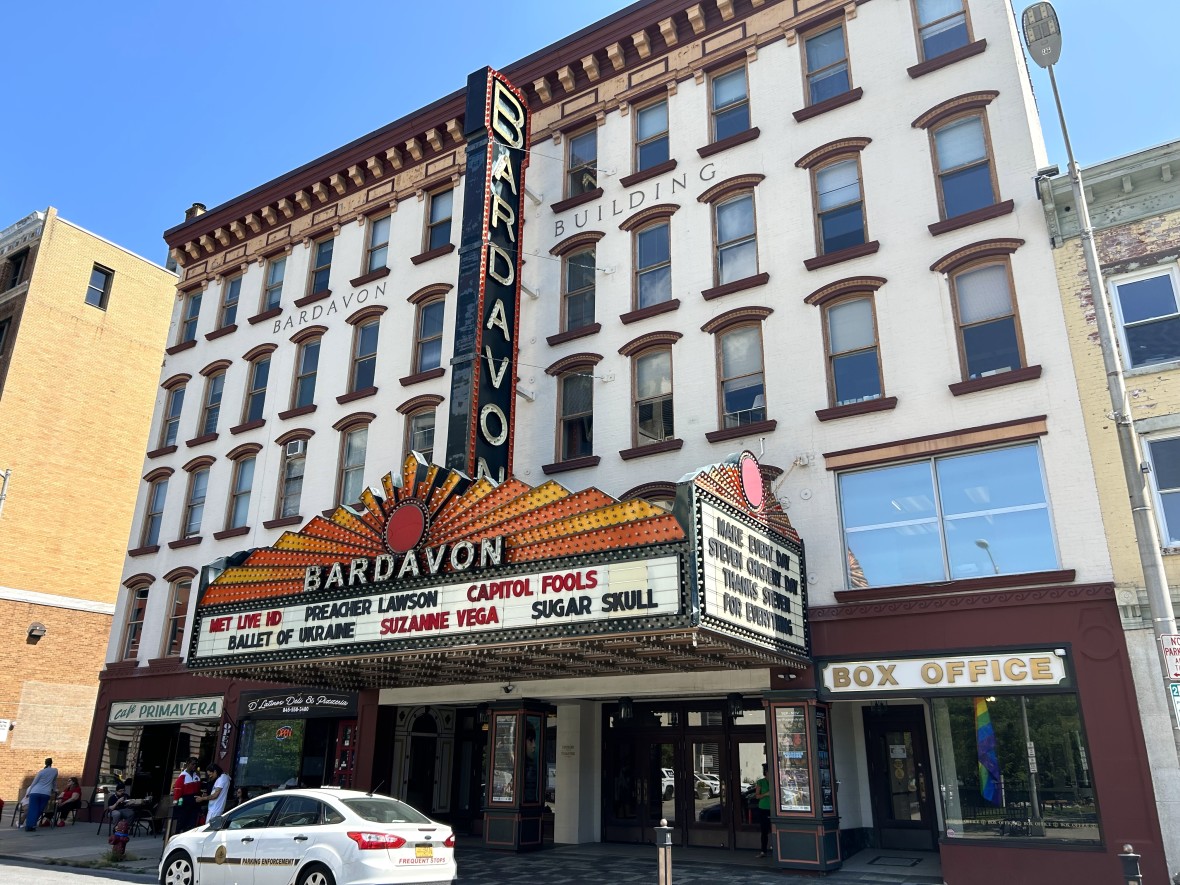
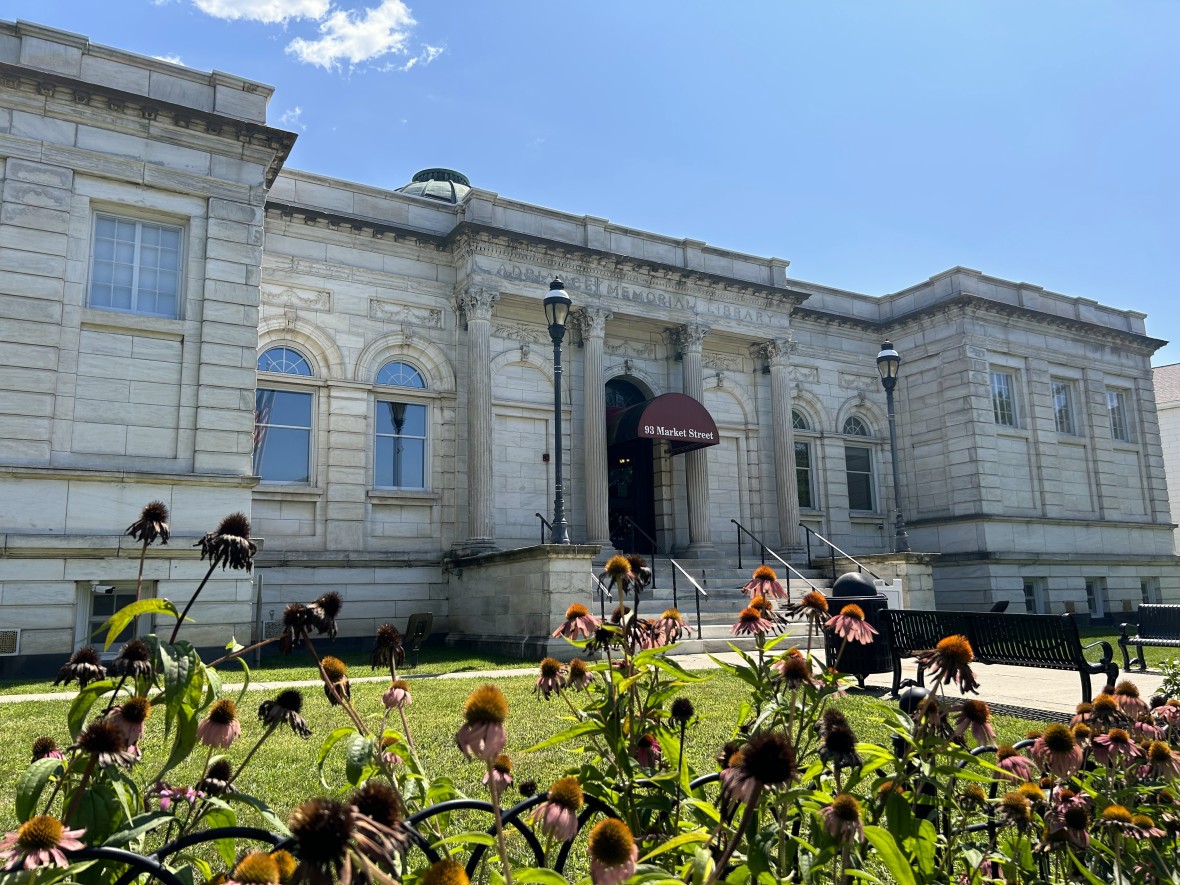

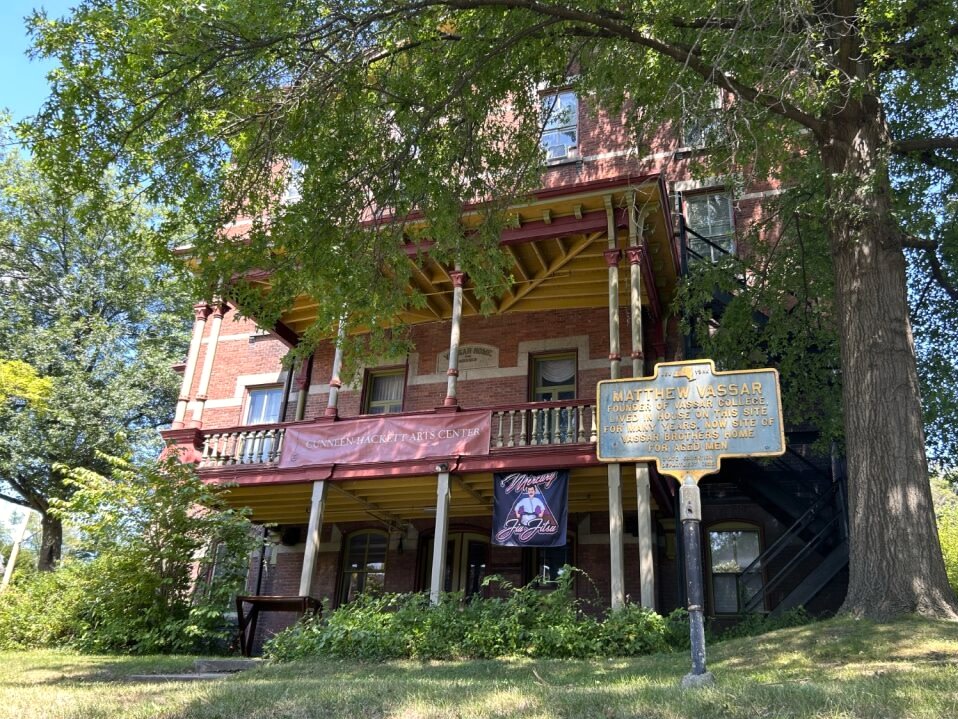
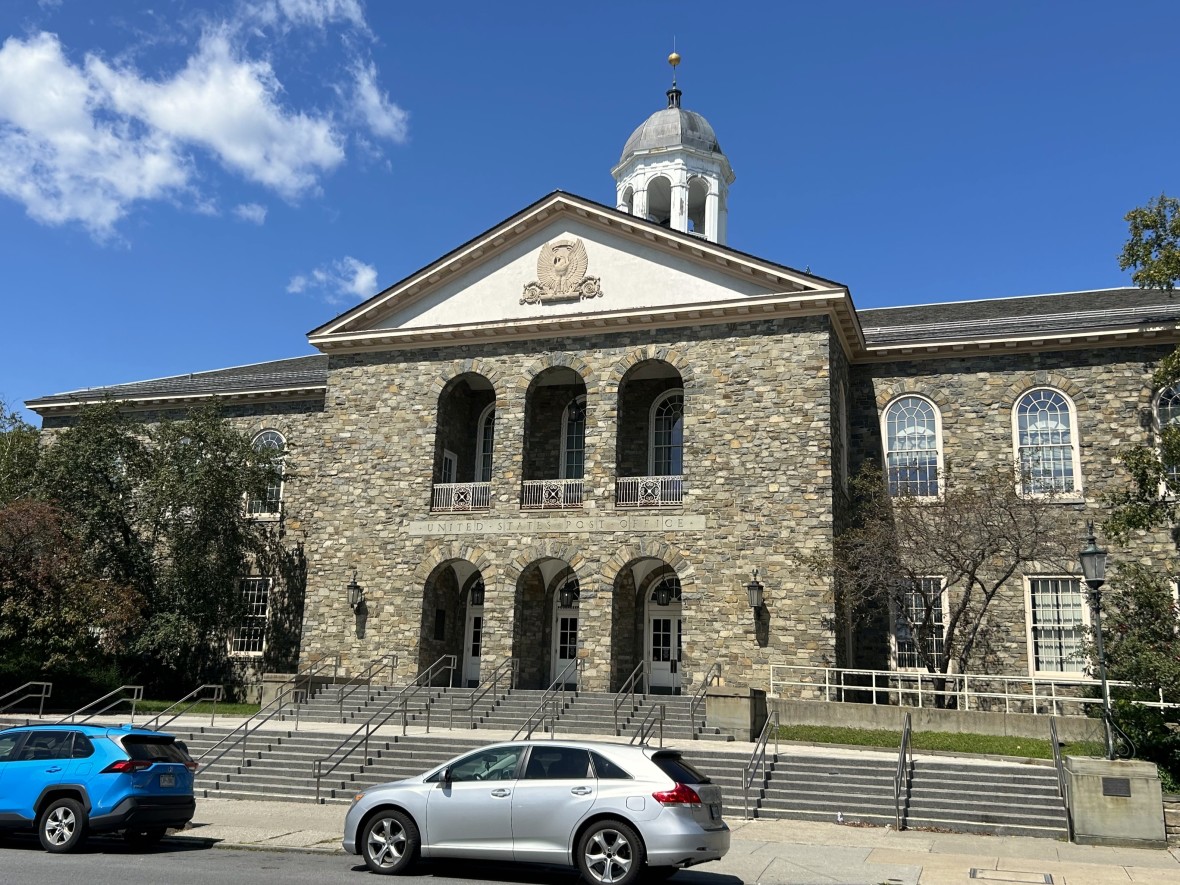


Other historic buildings and structures in Poughkeepsie include the Adriance Memorial Library (93 Market St), built in 1897 in the Classical Revival style and one of the oldest tax-supported public libraries in the country; the former New York State Armory (61 Market St), a Romanesque-style structure built in 1891 by Isaac G. Perry, one of the designers of the state capitol building in Albany; the former Vassar Home for Aged Men, an Italianate-style building erected on the site of Matthew Vassar’s former home that was open from 1881 to 1975 and is now known as the Cunneen-Hackett Arts Center (9 Vassar St); the local U.S. Post Office building (55 Mansion St), dedicated and designed in part by Franklin D. Roosevelt and built in 1939; the Poughkeepsie Journal Building (85 Civic Center Plaza), built in 1941 and the former home of the town’s biggest newspaper, the oldest in New York State; and the Soldiers' Memorial Fountain (120 Market St), a Janes, Beebe & Company cast-iron replica of an 1851 design by French sculptor Michel Lienard and installed in Poughkeepsie in 1870.
MORE EXPLORING
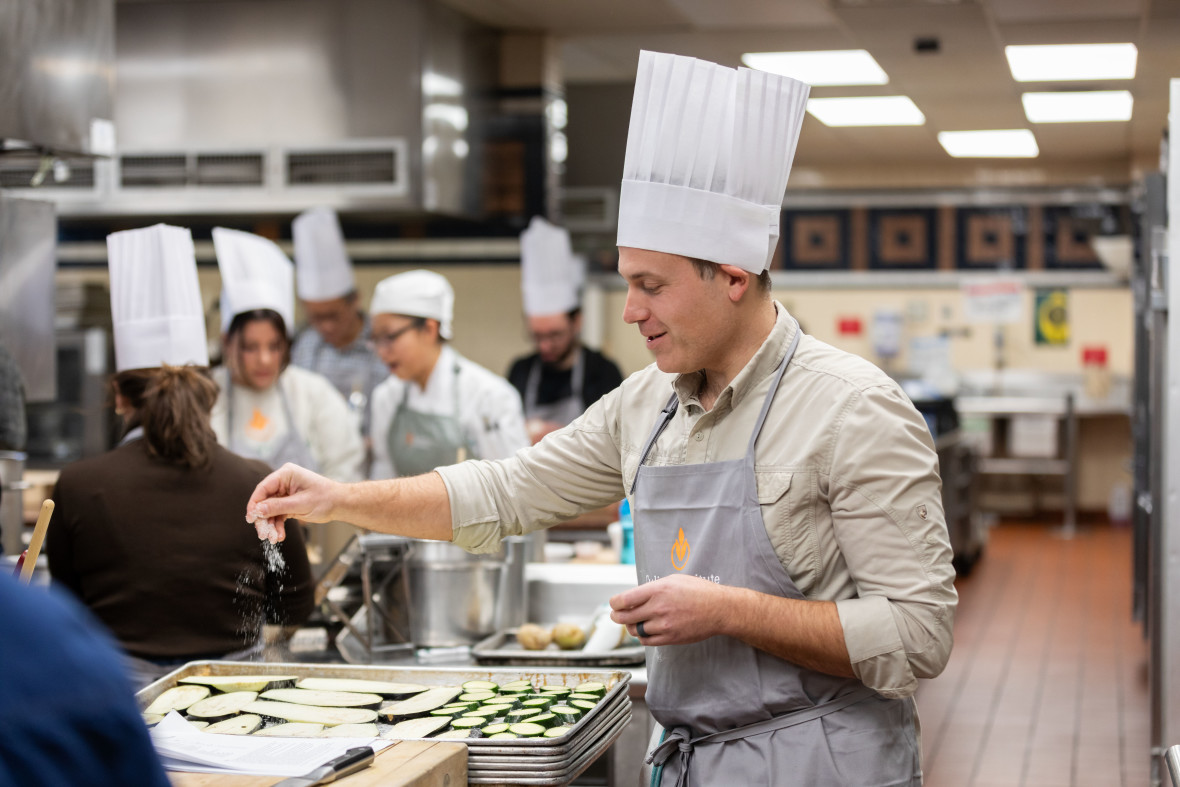
The Culinary Institute of America, located just north of Poughkeepsie in Hyde Park, is one of the country’s premier culinary schools, but you don’t need to become a student to enjoy the campus. The CIA offers baking and cooking classes, organized into multi-day boot camps, single-day courses, and private lessons for aspiring home chefs. And for those who prefer tasting the finished product than making it, there are three restaurants on the campus, serving American, French and Italian cuisine, as well as a bakery cafe and a brewery — all student-run.
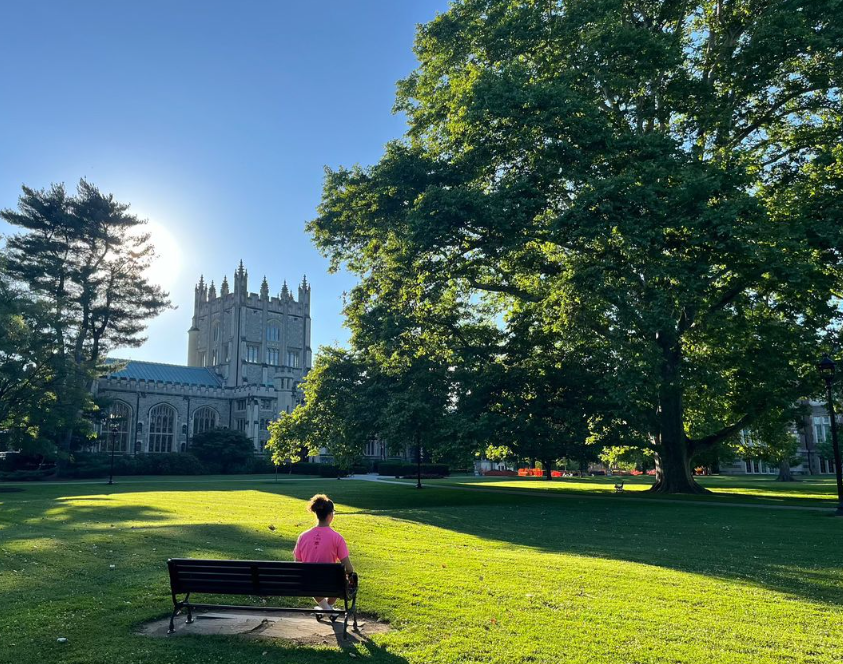
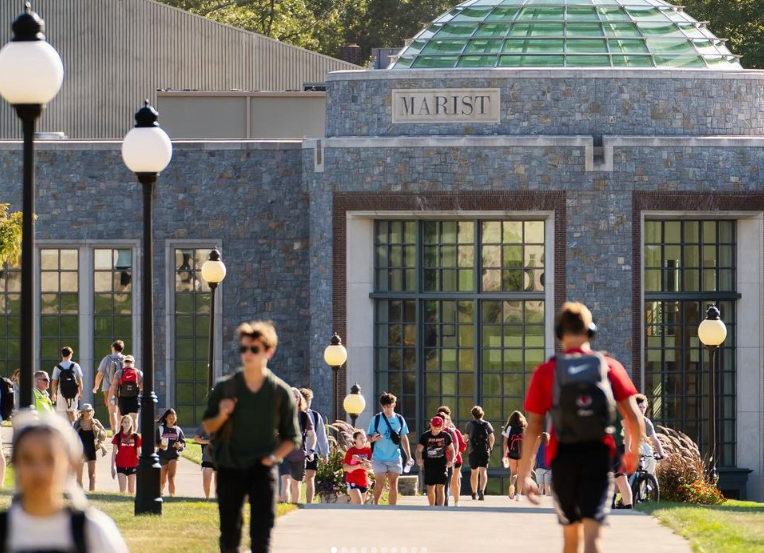
Poughkeepsie is home to two private universities: Marist College and Vassar College. The latter is intricately linked with the history of the town: It was founded in 1861 by Matthew Vassar, a local brewer and merchant who was a patron of arts and letters. Encouraged by his niece Lydia, Vassar opened his namesake school as an institute of higher learning for women — just the second in the country at that time, and one of the Seven Sisters of American women’s colleges. Today, it’s a co-educational campus with roughly 2,500 students, with such famous alumni as Meryl Streep, Edna St. Vincent Millay, Elizabeth Bishop, Lisa Kudrow, and Noah Baumbach. Marist, meanwhile, is a Catholic college that was founded in 1905 by a French religious order known as the Marist Brothers. Now a secular liberal arts school, it has a student body of around 6,000 and counts New York City Mayor Eric Adams among its notable alumni. Both campuses are open to the public and make for a pleasant stroll in spring and fall when classes are in session and the weather is at its best.
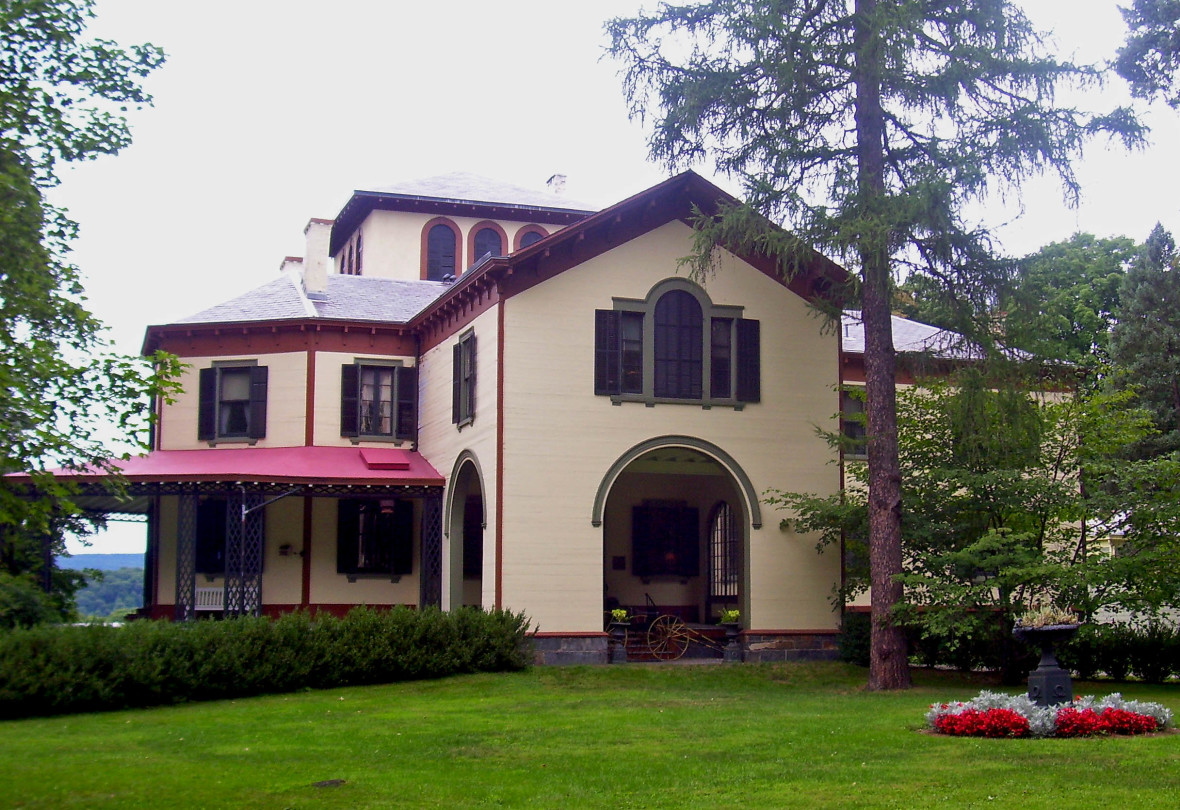
Located a few miles south of Poughkeepsie, Locust Grove Estate is best known as the former home of Samuel B. Morse, the inventor of the telegraph. Morse lived on the property, which today covers 200 acres, from 1847 until his death in 1872, primarily using it as a summer home; to that end, he had an Italianate-style mansion built there in 1851 by Alexander Jackson Davis, who also designed and built the Litchfield Villa in Prospect Park and the Wadsworth Atheneum in Hartford. After Morse’s death, the estate was rented out, and in 1980, it was opened to the public. Visitors can walk the five miles of trails on the property or tour the gardens or art collection on site; admission is free.
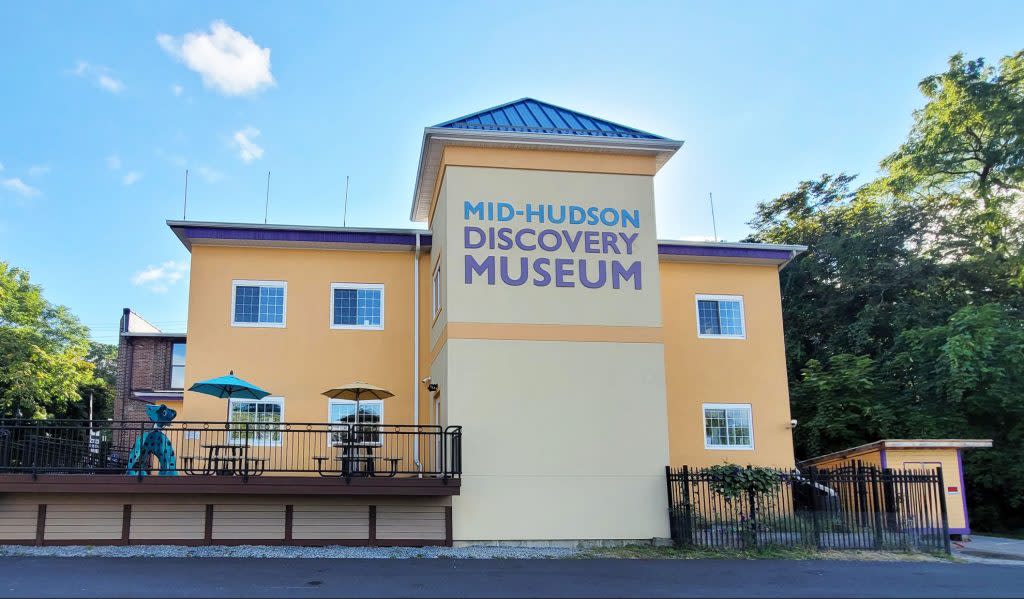

If you’re traveling to Poughkeepsie with kids, then the Mid-Hudson Discovery Museum is a must. Housed in a former dye factory on the edge of the Hudson River near Upper Landing Park, the MHDM has been open since 1989 and caters to children of all ages, with exhibits geared toward kids at every stage of development. That includes Imagination Playground, which allows small kids to build using large foam blocks; RiverTown, a miniature city with a construction site, fire station and other immersive play spaces; and The Science Center, a STEM-dedicated space where kids can learn about light, flight, magnetism, and more. The MHDM is open 9:30 a.m. to 5 p.m., Tuesday to Saturday, and 11 a.m. to 5 p.m. on Sundays; admission is $14.50 for adults and children.
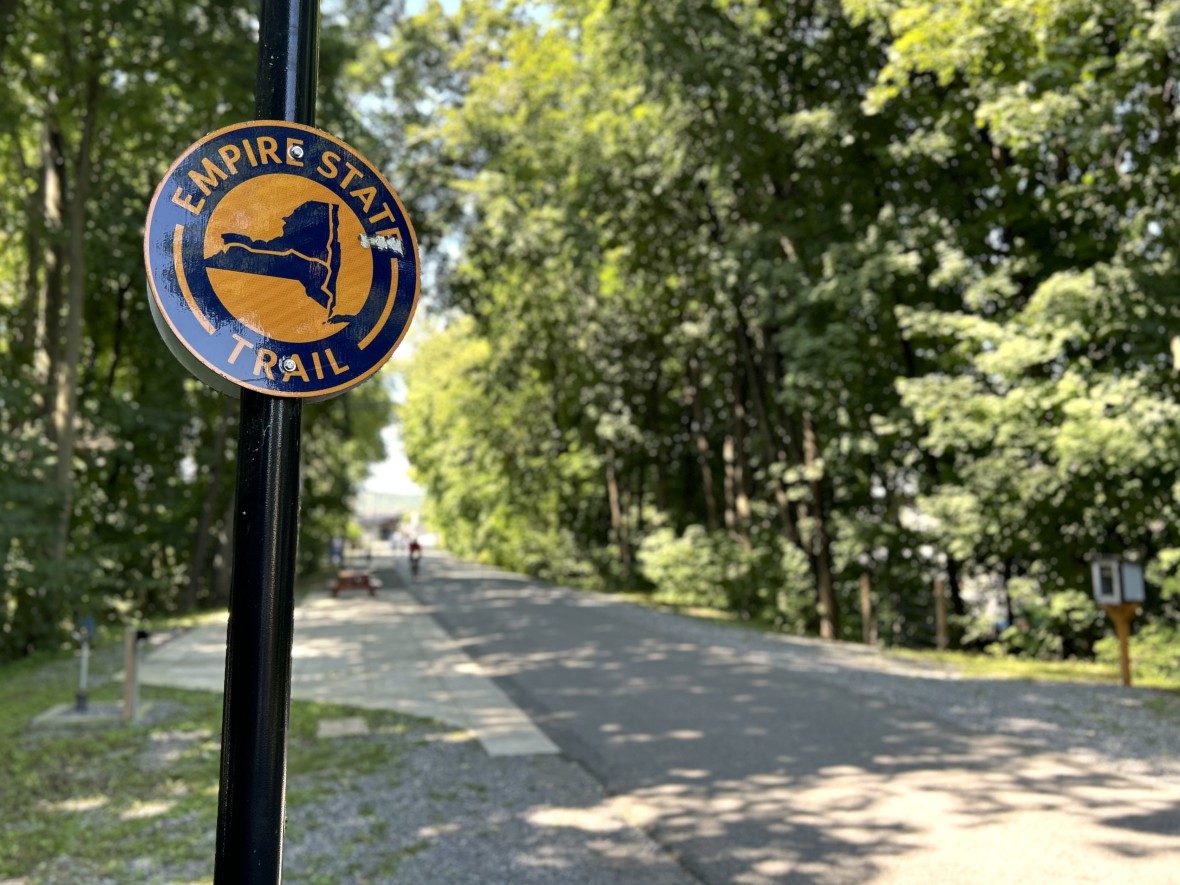
For cyclists, Poughkeepsie is the connecting point between the Dutchess Rail Trail on the east side of the Hudson and the Hudson Valley Rail Trail on the west side in neighboring Highland County, with the Walkway over the Hudson linking the two. You can either ride the Dutchess Rail Trail back to its origin point in Hopewell Junction, 13 miles south, or keep going from Poughkeepsie across the Hudson to New Paltz, a ride of roughly nine miles. Both trails, which are part of the state-wide Empire State Trail, are paved, and you’ll find a rest stop with bathrooms at the Walkway over the Hudson entrance.
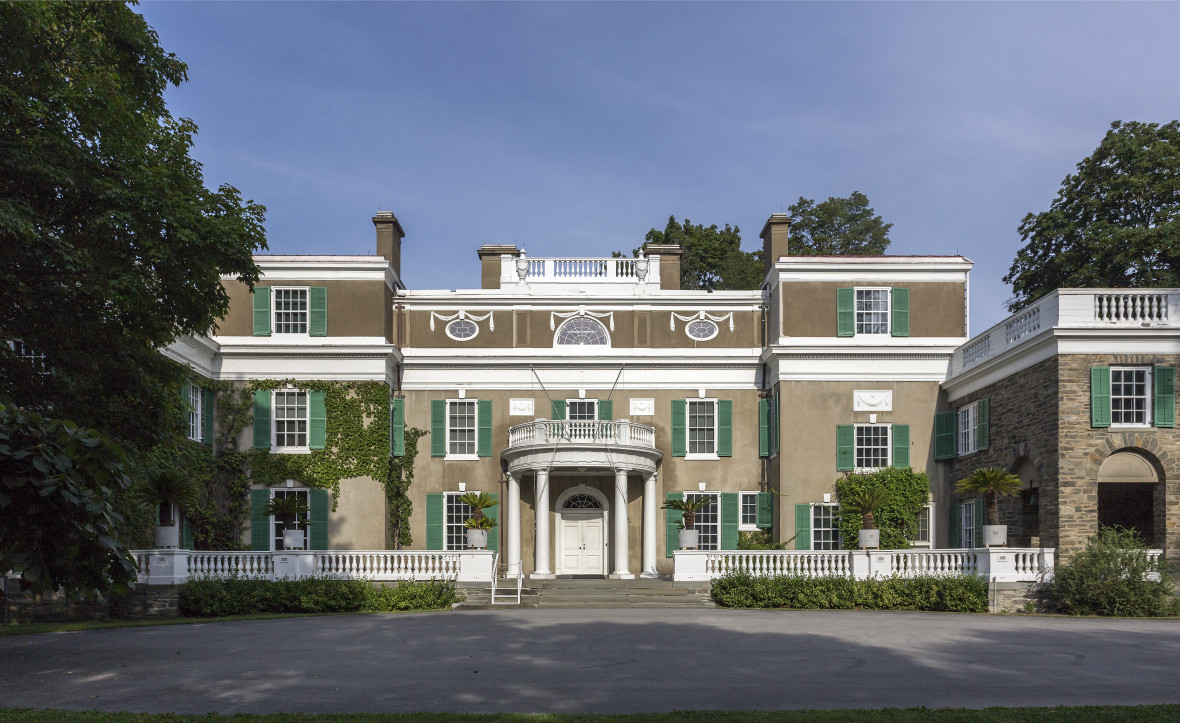
Hyde Park has enough attractions for its own guide, but since the Metro-North doesn’t extend that far, you’ll have to hire a rideshare to take you there; the drive should take 15-20 minutes. The town is best known as the birthplace and home of Franklin D. Roosevelt, and it’s where you can find both his estate, Springwood, and his presidential library and museum, as well as Eleanor Roosevelt’s home, Val-Kill. Also in Hyde Park: the Vanderbilt Mansion National Historic Site, a 54-room home once owned by Frederick William Vanderbilt, the director of the New York Central Railroad who was one of the richest men in the country during the Gilded Age.
WHERE TO EAT AND DRINK
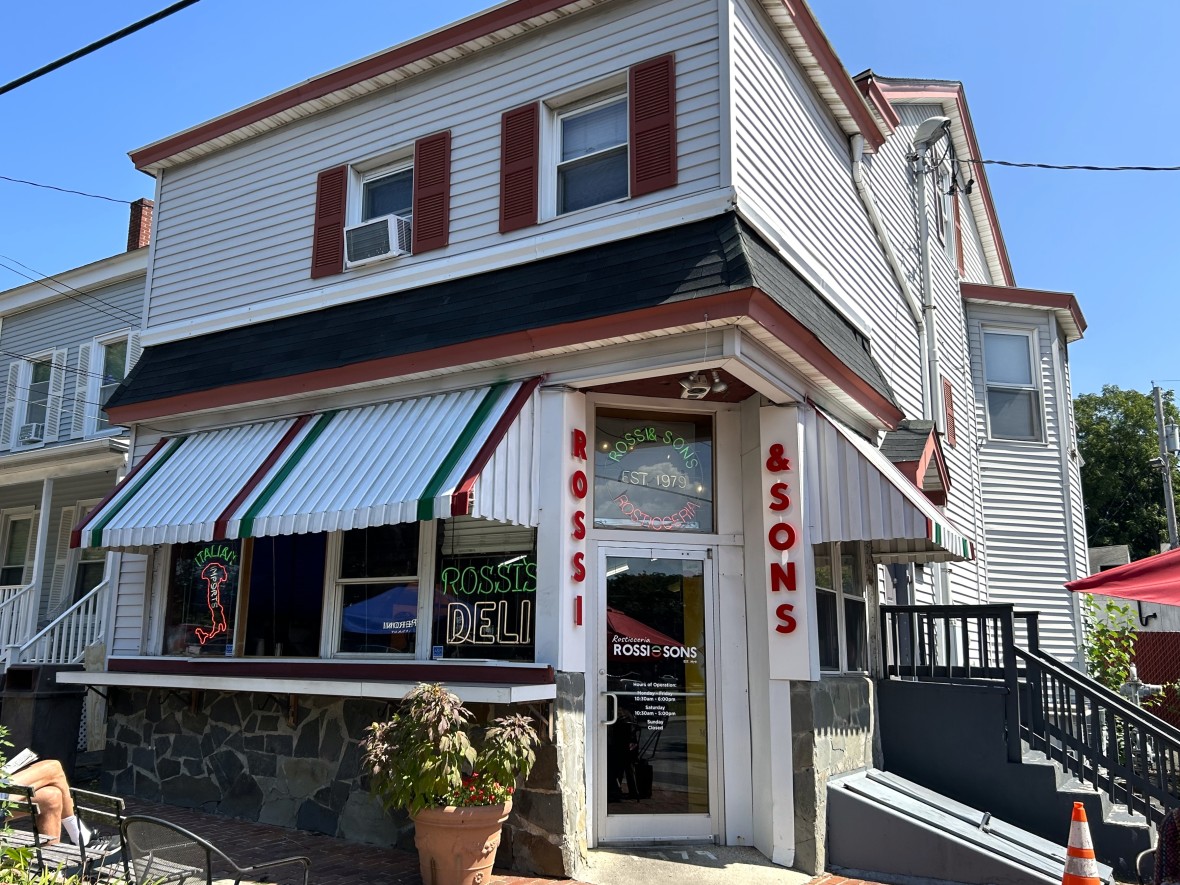
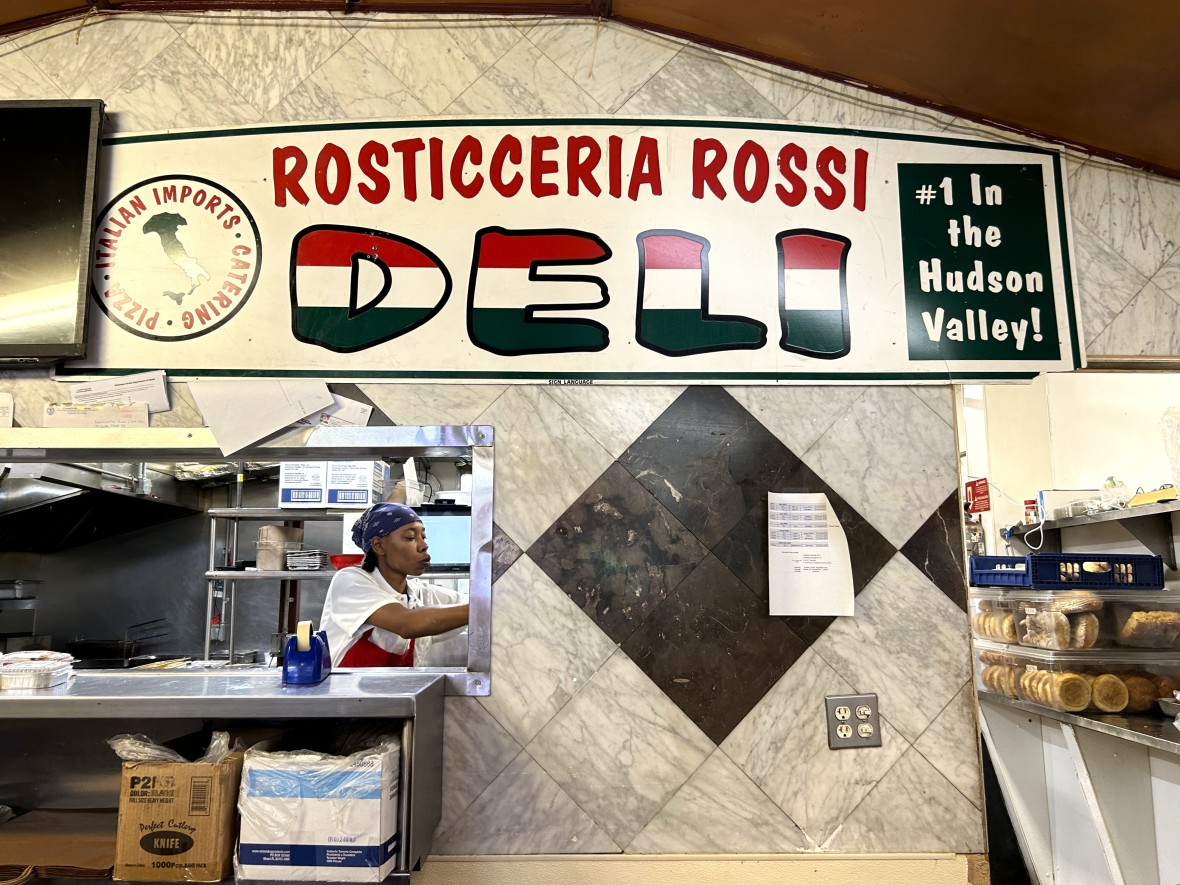
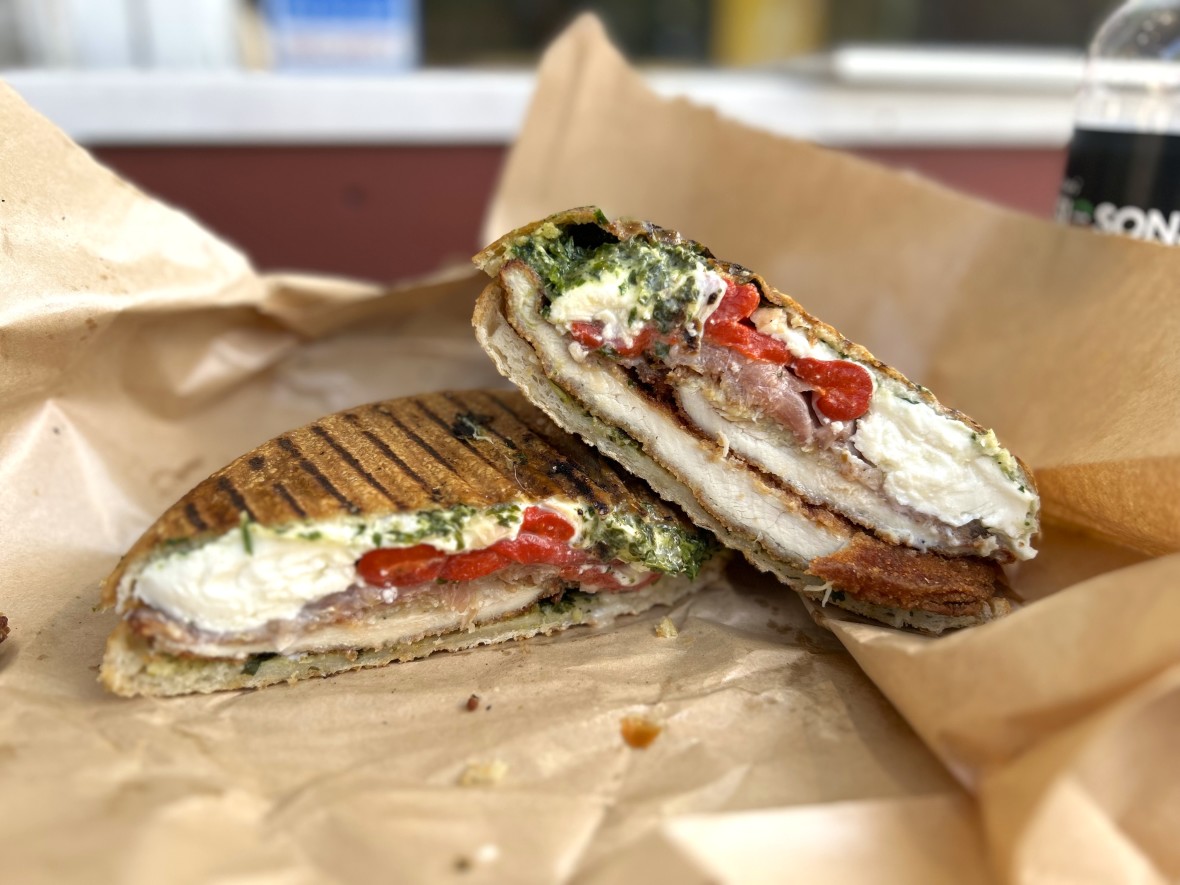
If you make the trip to Poughkeepsie, you owe yourself a visit to Rosticceria Rossi & Sons (45 South Clover St), an Italian deli in the Union Street Historic District that’s been in business since 1979. This family-owned corner market specializes in all things Italian, like homemade pasta, cannoli, meats and cheese. But what brings the crowds come lunch time is their expansive sandwich menu — over two dozen panini and sub options ranging from classics like chicken parm and muffaletta to in-house creations piled high on your choice of ciabatta or focaccia. Our recommendation: the Number Four, which is a chicken cutlet, prosciutto, mozzarella and roasted peppers topped with herb pesto and olive oil. It’s a beast of a sandwich and worth the train ride all on its own.
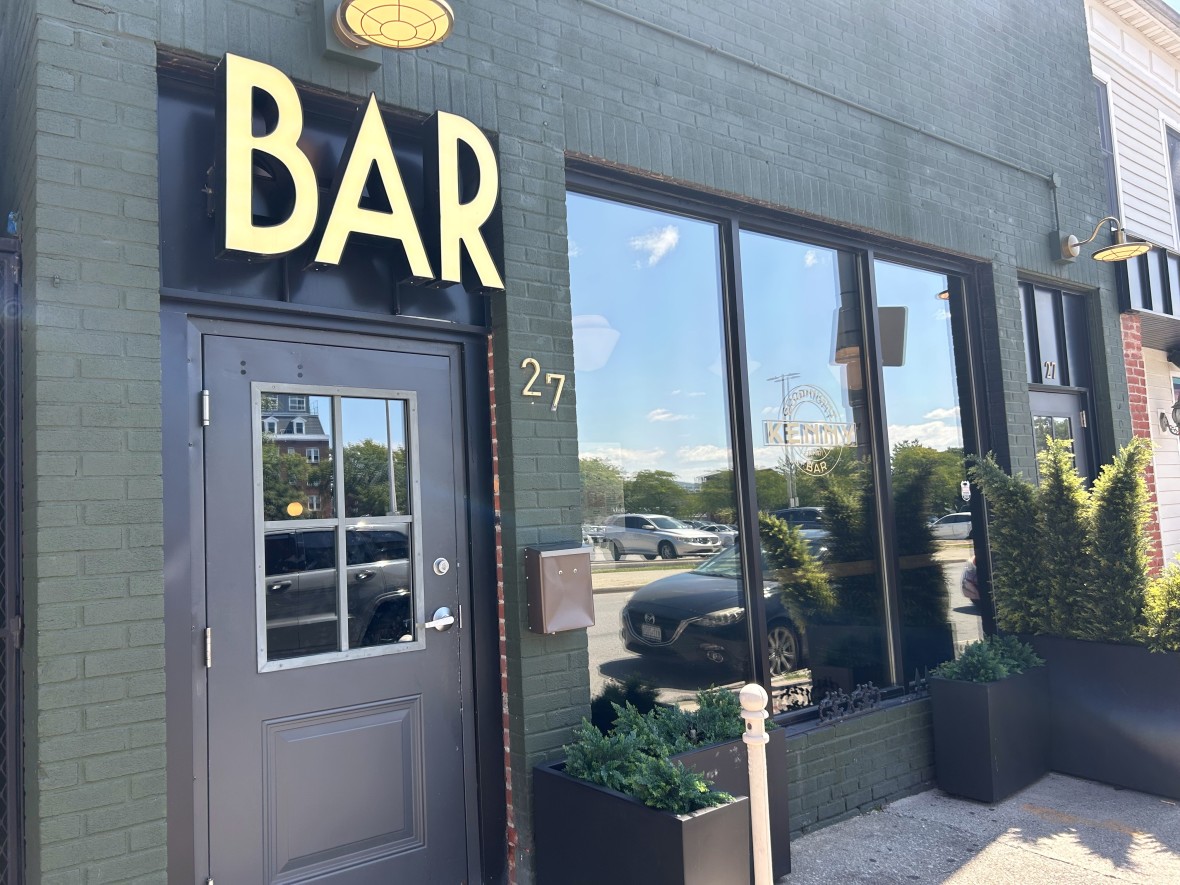
Beer brewing was a big industry in Poughkeepsie in the 19th century; it’s how Matthew Vassar made the fortune that allowed him to fund Vassar College. Today, the city has plenty of brew pubs upholding its lager legacy. Those thirsting for a pint should check out Blue Collar Brewery, King’s Court Brewing Company, Mill House Brewing Company, or Zeus Brewing Company (which has rooftop seating), all of which make and serve their own local craft beers. If a late-night cocktail is more your speed, hit up Goodnight Kenny, which offers a range of creative mixed drinks in a chic setting (and as a bonus, check out Hudson & Packard, which serves Detroit-style pizza, right next door).
A LITTLE BIT OF HISTORY

Poughkeepsie takes its name from the Munsee language of the Wappinger people; they called the area “Uppuqui-ipis-ing,” which translates to “the reed-covered lodge by the little water place.” (That little water place is the spring now known as Fresh Kill.) Settled by Dutch and English colonists in 1686, Poughkeepsie first entered the New York history books as the state’s second capital after the town of Kingston, which was then the capital, was burned by the British during the Revolutionary War in 1777. A decade later, Poughkeepsie was where the Convention of the State of New York — a group that included Alexander Hamilton and John Jay — ratified the U.S. Constitution, making New York the eleventh state in the union.
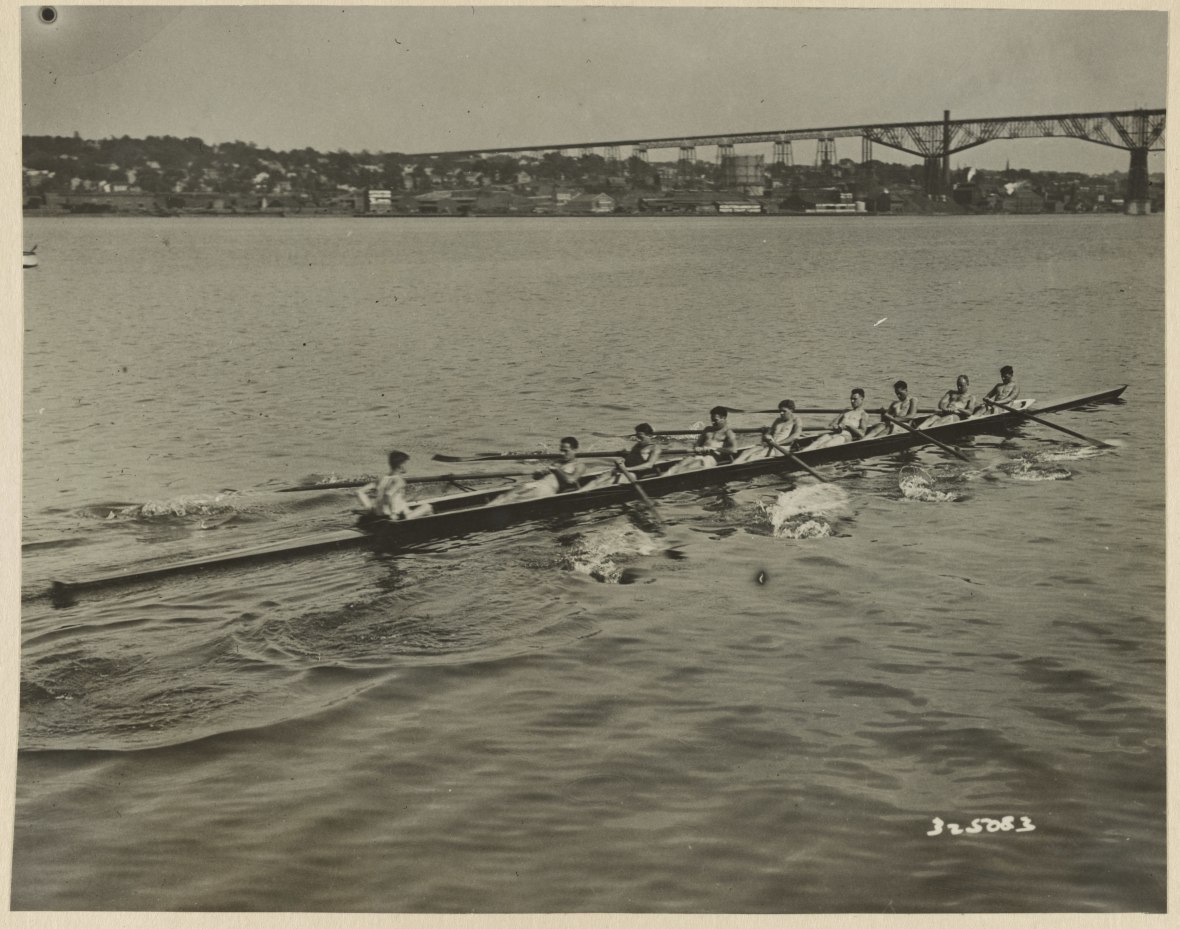
Poughkeepsie was also the home of the Poughkeepsie Regatta, an annual intercollegiate rowing competition that ran from 1895 to 1949. The race attracted the best rowing teams in the country and tens of thousands of spectators, turning the town for one day each year into “the Rowing Capital of the World.”
GETTING THERE

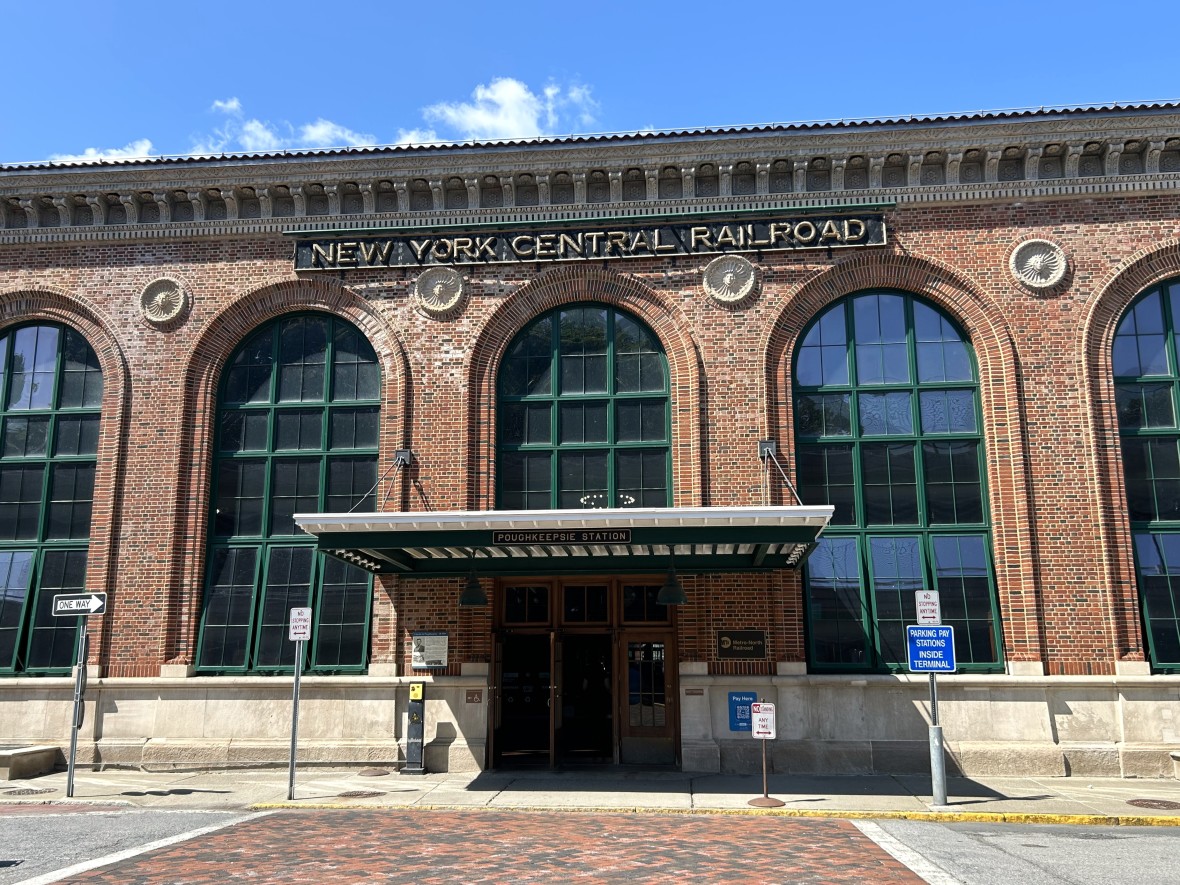

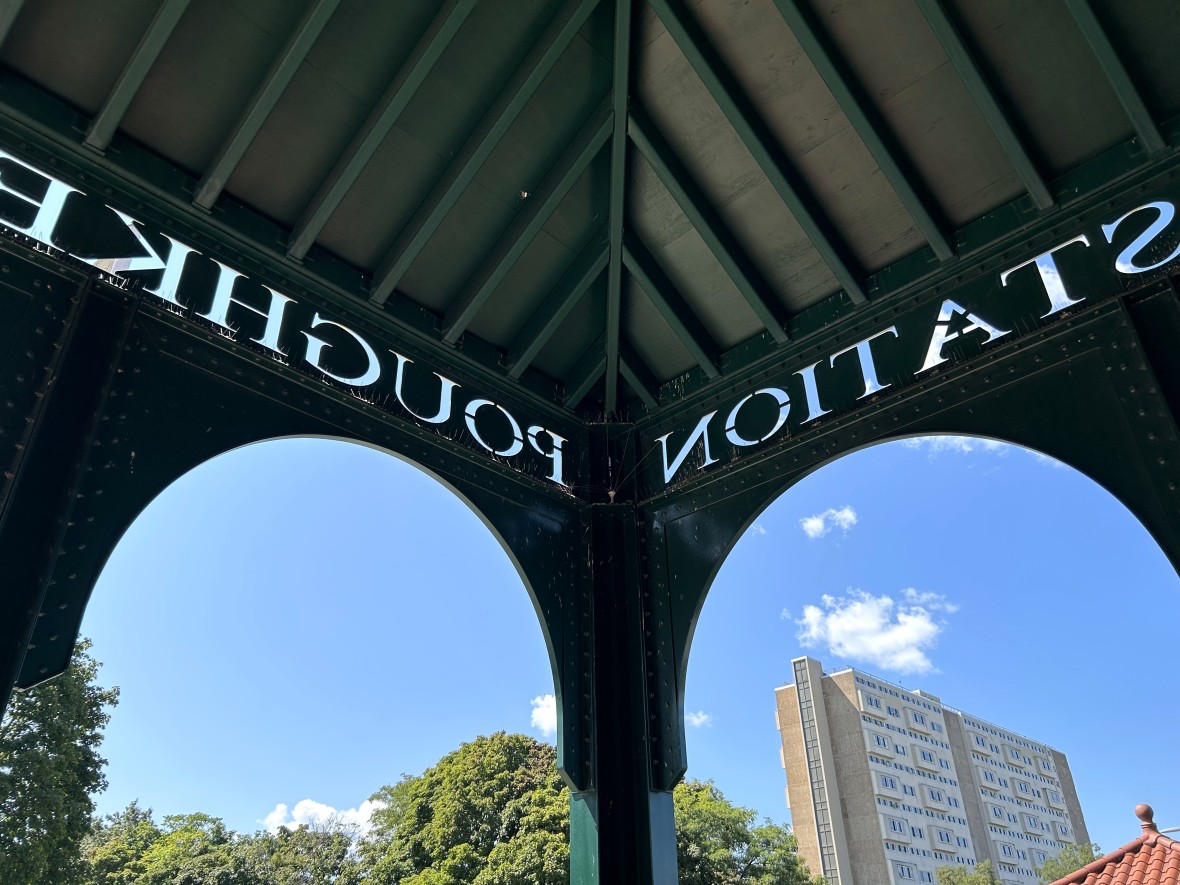
Poughkeepsie is the last stop on the Hudson line of the Metro-North, a trip of about two hours from Grand Central Terminal. Once you arrive in Poughkeepsie, you’ll walk through the Poughkeepsie Railroad Station, a Beaux Arts-style structure built in 1918 and modeled on Grand Central. Amtrak trains also stop there on their way to points north and west, including the seasonal Berkshire Flyer, the Adirondack (which connects Montreal and New York), the Maple Leaf (which terminates in Toronto), and the Lake Shore Limited (which takes passengers all the way to Chicago).



